This post was updated Feb. 2 at 8:02.
After diving headfirst into her feature-length debut, Sundance Film Festival audiences will dip their toes in Sierra Falconer’s childhood memories of Green Lake.
“Sunfish (& Other Stories on Green Lake),” the UCLA thesis film capping Sierra Falconer’s 2024 film production and directing master’s degree, will premiere Sunday at Sundance as part of the U.S. Dramatic Competition. Falconer’s first feature film, inspired by her childhood in rural Michigan, seeks to bring those memories to the screen with original characters and storylines, reflecting the community she grew up in without being strictly autobiographical.
“It feels really personal – it’s got a true indie heart behind it,” said cinematographer and UCLA alumnus Marcus Patterson, who graduated in 2014. “It’s a personal story to Sierra. I think that comes through – I think it affects most people.”
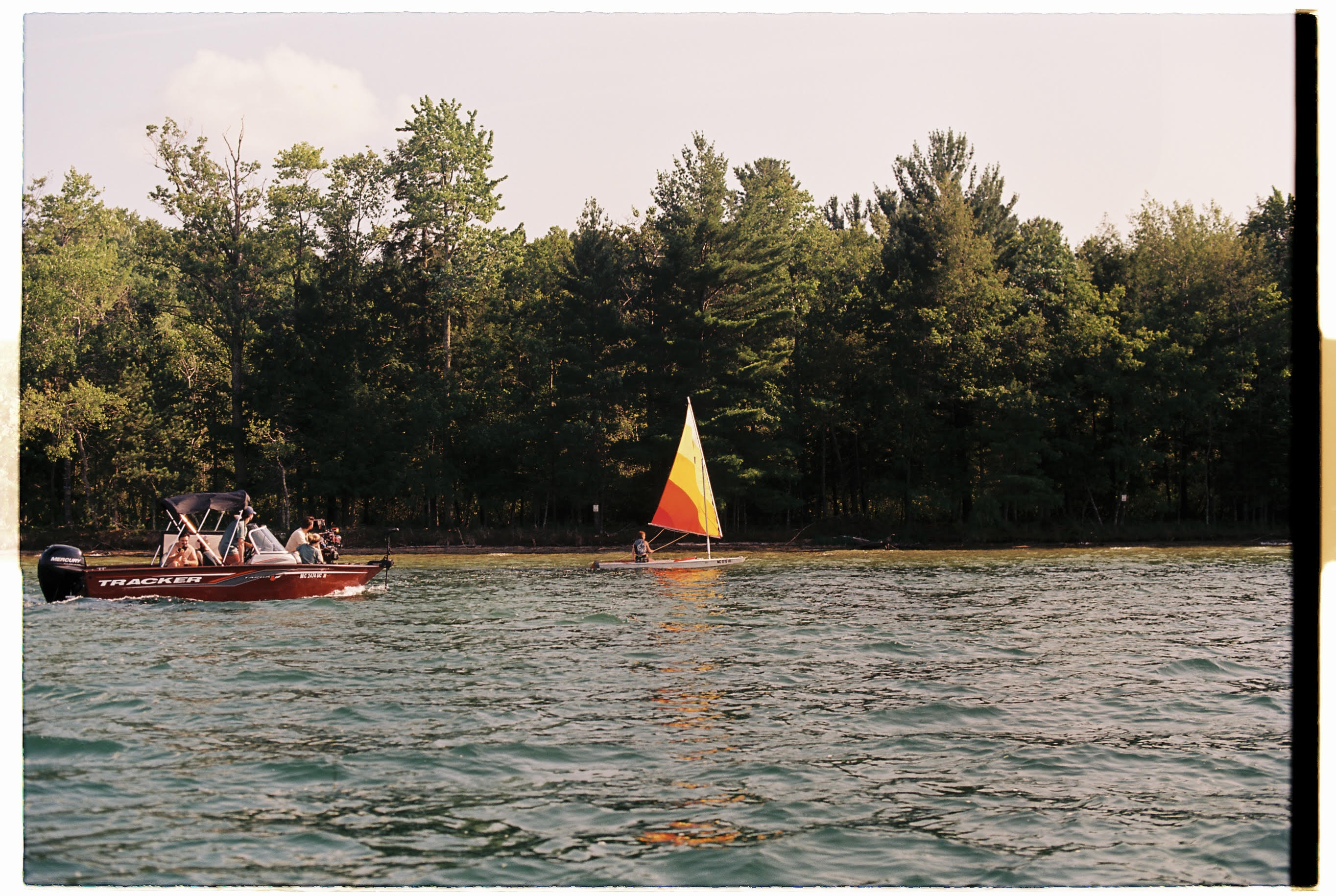
The film is an anthology consisting of four chapters, each featuring a self-contained plot line with unique characters. It begins with a young girl learning to sail after she is dropped off at her grandparents’ home. The focus then shifts to a boy at a prestigious summer camp competing to become the first chair violin before transitioning to the lake itself, where two people are searching for a grand fish that might not exist. The film’s final section – and Falconer’s favorite – zooms in on two sisters running an inn as one prepares to leave for college.
Many of these stories are coming-of-age tales, which Falconer said is due to her memories of the lake being associated with her childhood.
“What they experience and the emotions they feel, I think, are true to what I felt growing up,” Falconer said. “I’m really trying to just capture more of this emotional truth and locational truth, rather than transcribing my life.”
Falconer knew she wanted to tell a story about her childhood home as she entered her master’s program in 2020, she said. Early on, COVID-19 made many aspects of the filmmaking process more difficult, so Falconer said she turned her focus to the writing process – excited to potentially shoot the film on-location as part of her thesis project. As she drafted, the film’s atypical structure came into form to better suit her thematic interests.
“I couldn’t really find one straight narrative, three-act structure idea that really captured what was the most important to me – which was the feeling of being here, and the location and the community,” Falconer said. “That’s when I sort of landed on this chaptered anthology structure.”
After having her thesis approved in her third year, Falconer said she took off spring quarter to prepare for on-location filming in summer 2023, bringing most of the production team alongside her to the site – a remote Michigan lake about five hours from any major urban city. She said this location presented transportation and logistical challenges with its limited filmmaking infrastructure – or infrastructure in general, given the less than 500 year-round residents in the surrounding township.
But Falconer and her fellow crew members said the choice to film on-location was worthwhile. Chelsi Johnston, the film’s editor and a 2017 UCLA alumnus, said she typically liked to maintain separation from the set to maintain a more objective sense of taste in the editing room. But for this production, she said her presence on set allowed for better communication between her and the cinematographers, as well as a better understanding of Green Lake – essential for effectively capturing it in the final cut.
“I just knew that this location was so important for the film and the vibe of the film, and Michigan in the summertime just was not something I was familiar with,” Johnston said. “It was really a blessing for me to be there. I really just soaked in just everything.”
She added that enjoying sunsets on a beautiful lake was a nice incentive.
For the crew, the lake was more than just a set – it was their home. Falconer said the crew was mostly flown out from Los Angeles, and they bunked in cabins near the lake and just minutes from their workplace. Patterson described the experience as an indie film summer camp, with crew members transforming from surprise roommates to friends taking photos together around the campfire by the end of production.
The production also brought together many UCLA alumni, including costume designer Ruth Araujo, sound mixer Parida Tantiwasadakran, assistant editor Tim J. Lim and second assistant camera Isabella DeMarte. Johnston, who was cutting together scenes during filming, said she was able to work closely with the cinematography and directorial departments to improve the diversity of footage at her disposal. Beyond mere productivity, she said she was also regularly visited in the editing room by crew members during their breaks and sometimes fielded viewing requests from people who just wanted to see what she was up to.
“It was truly just a collaboration between all of us, and it was really fun,” she said. “We all trusted each other, and I think the UCLA connection has a lot to do with that.”
She added that Falconer was flexible and receptive to feedback, despite having a very strong vision for her film.
For Falconer, making the film feel like one complete whole was important given its feature length. Patterson said he met with Falconer several times in the planning process to determine how to approach this problem, given that the anthology format was a novel project for both of them. The film still follows a three-act structure, Falconer said – complete with a kiss of death and a resolution – and added that she is glad test audiences have shown diverse preferences for their favorite chapters. While they had a shared starting point – Patterson said they both imagined old photographs as references – making the entire film feel like one cohesive story rather than four discrete short films was a challenge for them.
“It was a long conversation, we went back and forth,” Patterson said. “Do we want it to feel different? Do we want it to feel the same? In order to make it feel like one story on Green Lake – but different little windows into these characters’ lives – we stuck with one general look.”
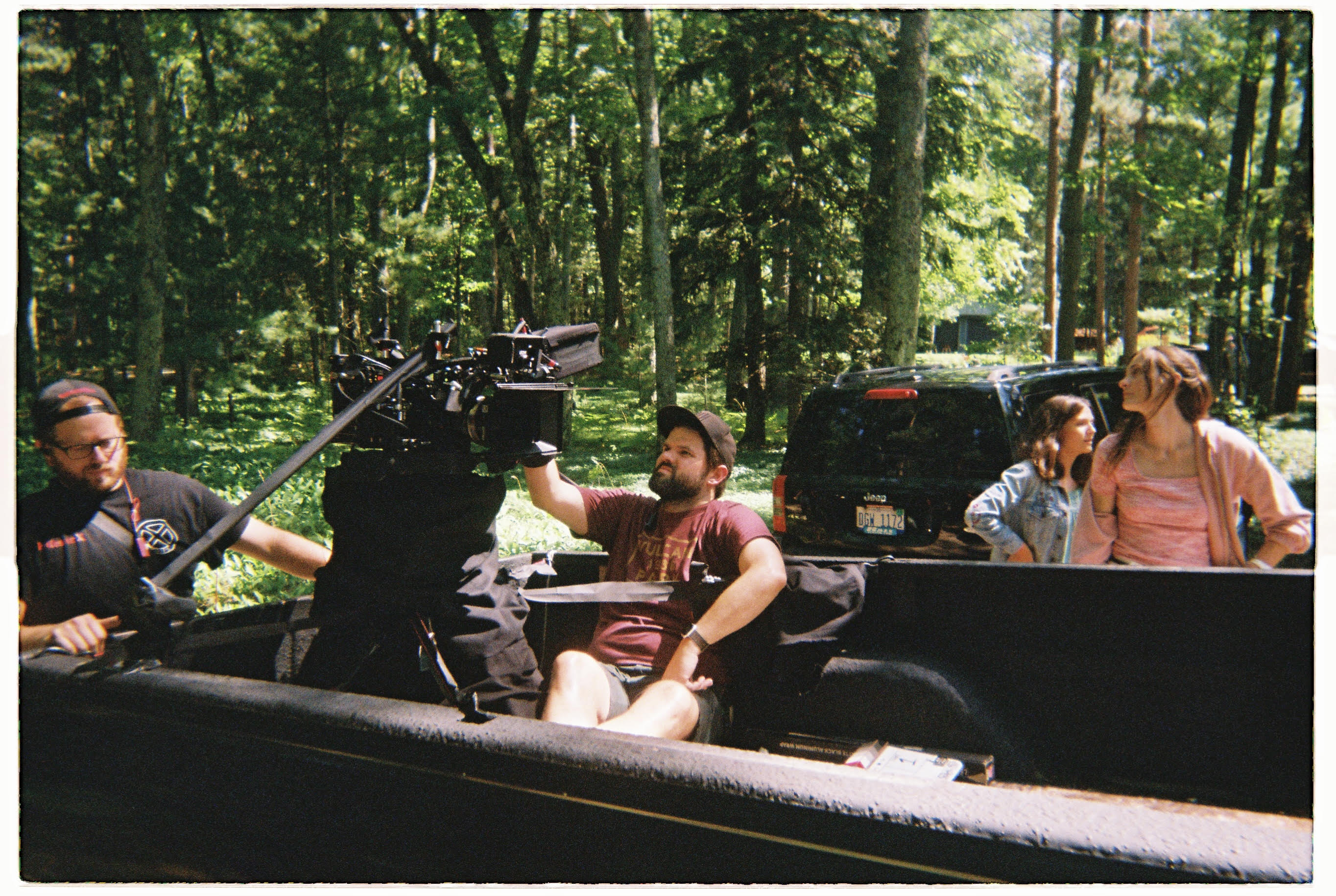
As she began submitting the film for awards in spring 2024, she said she felt confident waiting to hear back from A-tier festivals based on very positive feedback she received from private audiences. Using advice learned from UCLA professor Teri Schwartz’s class on festival strategy, as well as support from filmmaker Joanna Hogg, Falconer said she eagerly waited to hear back.
Falconer added that the wait was worth it.
“It’s just beyond my wildest dreams,” Falconer said. “Did not expect this to happen, so once we found out, there was a lot of immediate scrambling and prep that had to be done.”
With a premiere at Sundance, Falconer is now represented by WME agency and is preparing “Sunfish” for potential future theater or streaming debuts after the festival. She said she is also currently working on a script for a comedy featuring tennis and teen pregnancy titled “Zeroes.”
The selection also represents a Sundance narrative debut for Johnston and Patterson. Johnston said the project came just as she was looking for an opportunity to edit her first feature-length film and that she is grateful for her amazing experience on set. Patterson added that it represents a satisfying culmination of countless hours of work by so many individuals.
“Not only to play at Sundance but to be in U.S. Dramatic Competition is a huge honor and such a stamp and an affirmation of everyone’s hard work,” Patterson said. “It was a blast. It was an amazing experience. But having Sundance as the icing is amazing.”
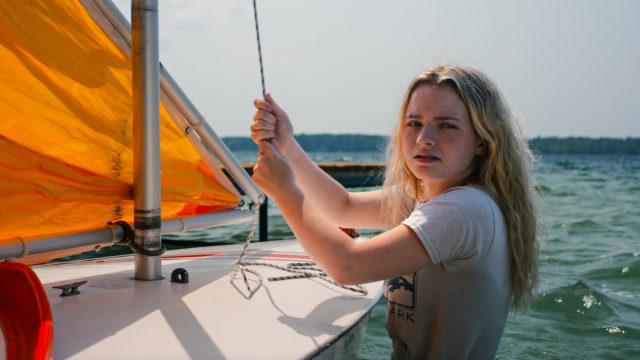


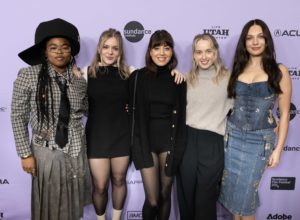
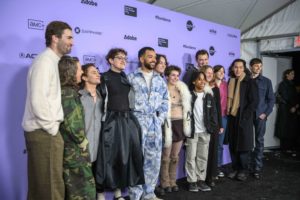
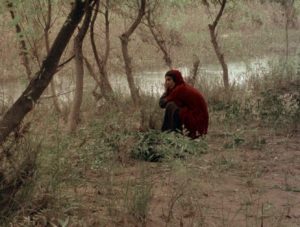
Comments are closed.